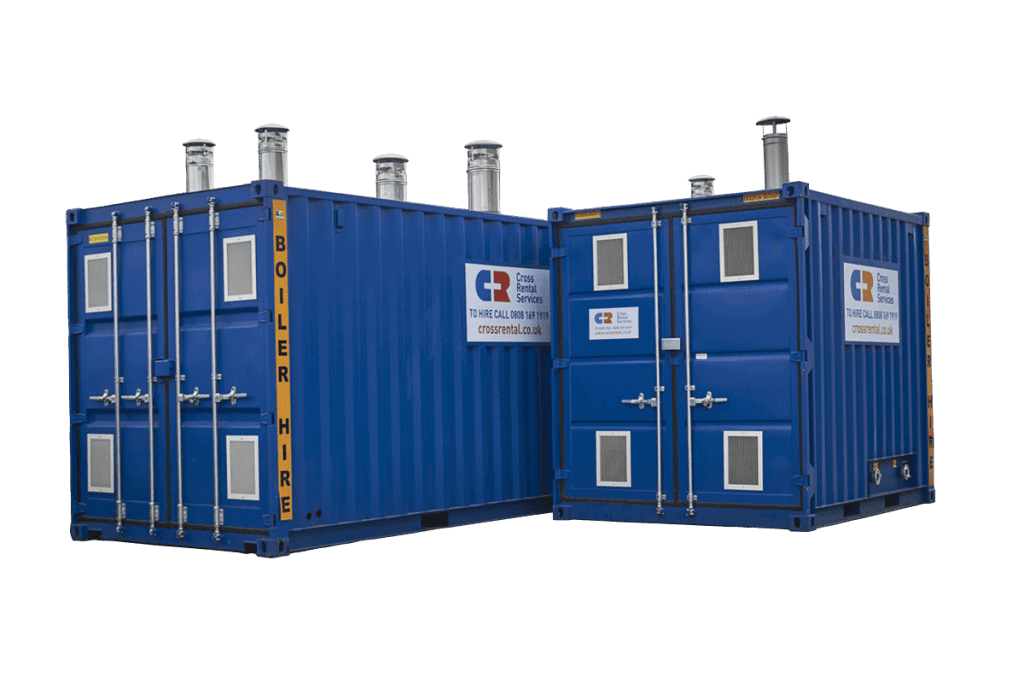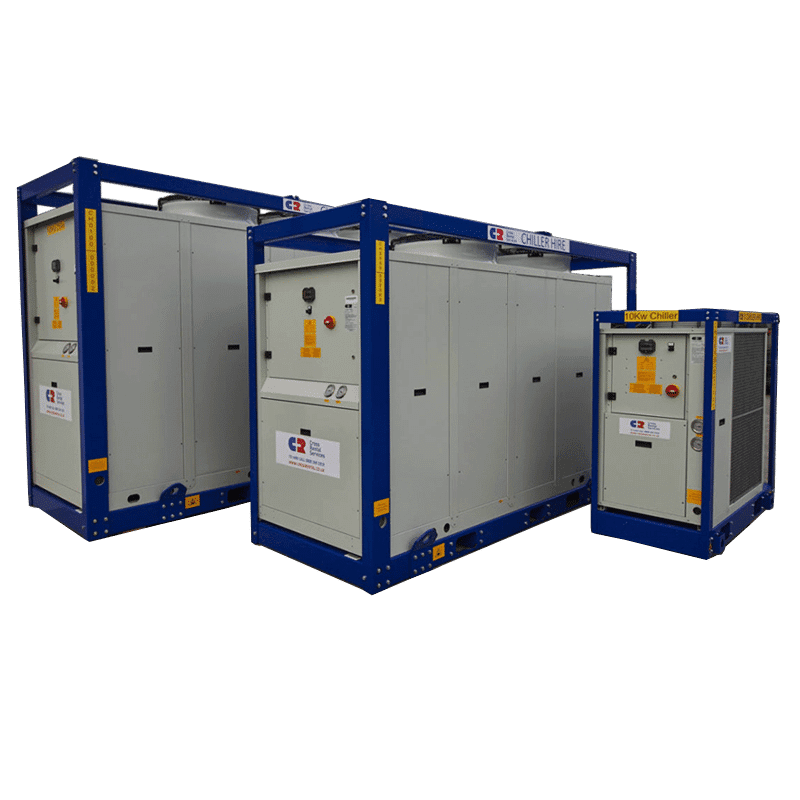What is an Air Handling Unit?
Air handling units are used to condition & distribute air as part of a heating, ventilation & air conditioning system throughout a building. Air is taken from outside where it is cleaned and then either heated or cooled to be circulated throughout the building using ductwork. An air handling unit is used to alter the various variables:
- Temperature
- Humidity
- Air movement
- Air cleanliness
Its design is typically that of a metal box containing fans which suck air in from the building to then distribute it over the heating/cooling coils where it changes the air temperature to be released back into the building. Air handlers can be used for either heating or cooling with them having the ability to be connected to boilers & chillers where they receive hot/chilled water for a heat exchange with the ambient air. There are a few locations which are ideal for air handlers to be situated: on the roof of a building, the basement or dispersed among the main floors.
Chiller Use
An air-cooled chiller will typically be positioned on the roof of the building. The chiller will generate chilled water to be moved around the building via air handling units or fan coil units. Chilled water will enter the air handling unit at around 6˚C & once it has left the heat exchanger, this temperature will have risen to 12˚C to make its way back to the air-cooled chiller to release this heat into the atmosphere before repeating the cycle.
Boiler Use
The use of an air handler with a boiler is known as a hydro-air system. This is when a hot water oil/gas fired boiler heats water which is sent through pipes to a coil in an air handler. As the coils increase in temperature, a blower distributes air over the coils which is then released into an area, therefore heating the room. The kW duty of an air handling unit when used with a boiler is double that of one used with a chiller. 








